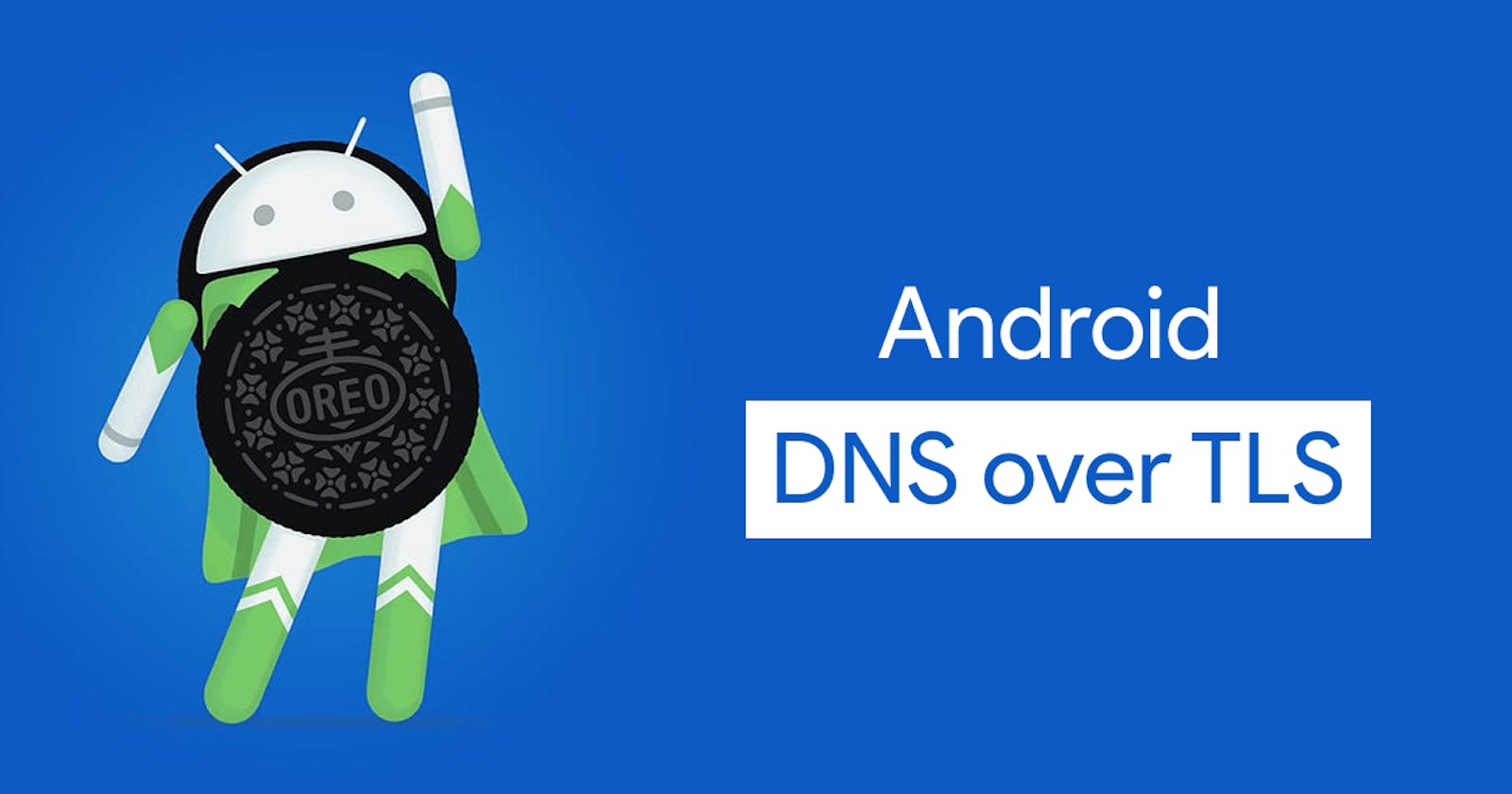Protect Your Online Privacy with DNS over TLS: The Future of Secure Internet Browsing
Table of contents
No headings in the article.
The Internet is an essential tool in our daily lives, and our online privacy is of the utmost importance. While HTTPS communication protects us from network-level hackers and ISPs, it doesn’t stop ISPs from seeing all our DNS requests. This information, in turn, reveals which websites we visit, compromising our privacy.
The Domain Name System (DNS) is a critical component of the Internet, as it acts as an Internet phone book that resolves human-readable web addresses into IP addresses. Unfortunately, DNS queries and responses are sent in clear text, making them vulnerable to eavesdropping. This vulnerability is compounded by the fact that ISPs typically resolve DNS queries from their servers, which results in the exposure of metadata to ISPs.
To address this privacy concern, the Internet Engineering Task Force (IETF) proposed a new feature called DNS over TLS (RFC 7858), which works similarly to HTTPS. The feature enhances privacy and security by encrypting end-to-end authenticated DNS lookups. Google is reportedly adding this feature to the Android Open Source Project (AOSP) for Android smartphone users, allowing them to turn the feature on or off under the Developer Options settings.
However, simply enabling DNS over TLS does not prevent ISPs from knowing which websites you visit. The Server Name Indication (SNI) extension of the TLS protocol still reveals to ISPs the hostname being contacted by the browser. To enjoy full anonymity, it is still necessary to use a trusted secure VPN service in conjunction with the DNS over TLS protocol.
In conclusion, while DNS over TLS is a step in the right direction for enhancing online privacy, it is not a silver bullet solution. Combining it with a secure VPN service provides the best protection against privacy breaches by ISPs. It is also important to note that this feature is still in its experimental stage and may arrive in a future version of Android, such as version 8.1 Xda developers said in a blog post.
Thank you for reading our blog today. We hope you found the information helpful and informative. If you enjoyed this blog, be sure to follow us on Twitter, Instagram, Linkedin, GitHub, Website, and Youtube for more interesting content and updates. If you have any questions or comments, please feel free to reach out to us. We would love to hear from you. Don't forget to share this with your friends and family who may also find this information useful. Thank you for your support and stay tuned for more!
